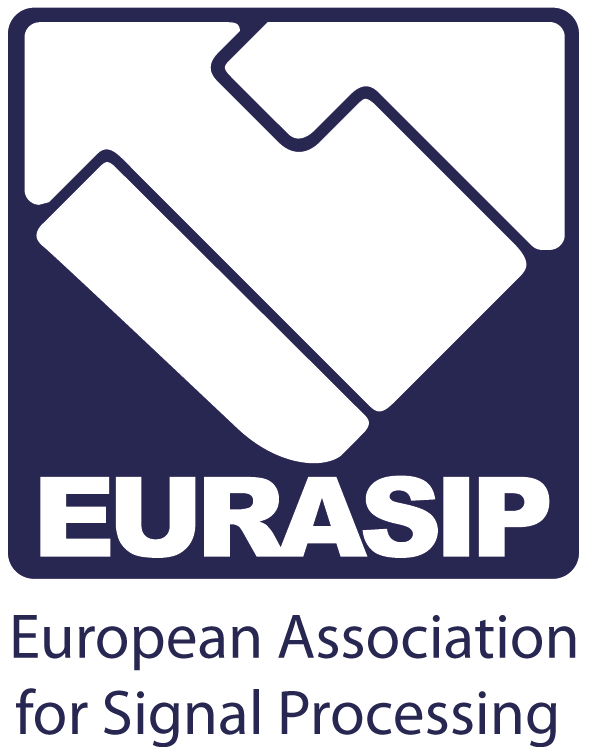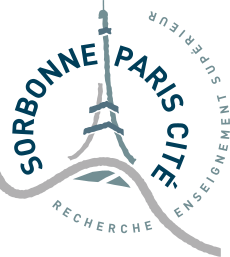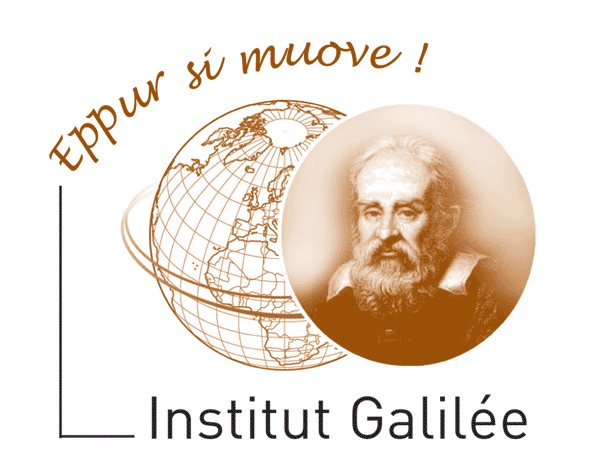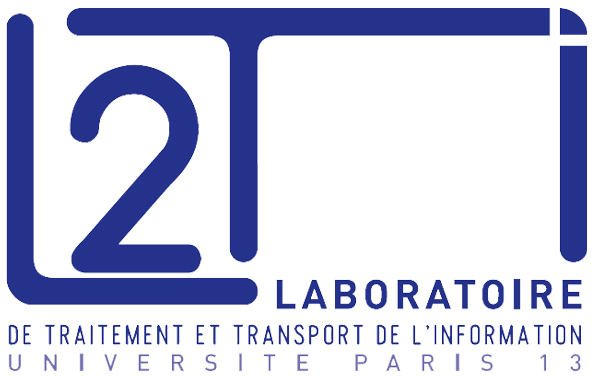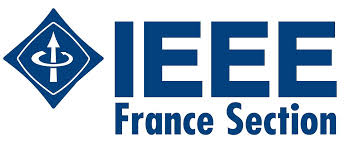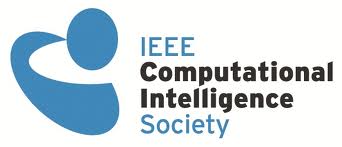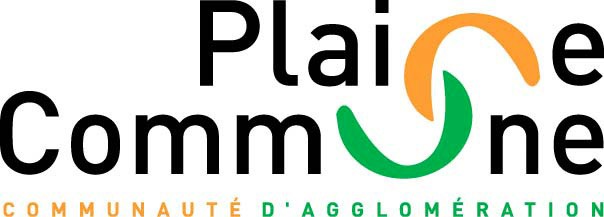Overview talks
Christian Timmerer
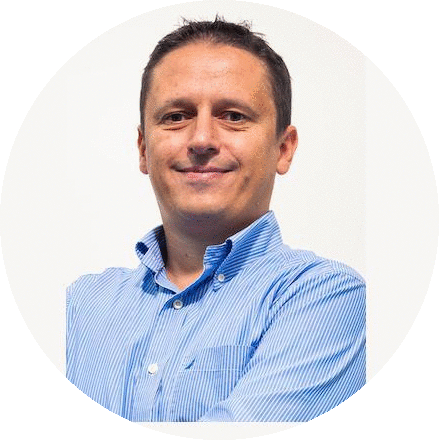 Affiliation
Affiliation
Multimedia Communication Group,
Alpen-Adria-Universität Klagenfurt, Austria.
Title: Quality of experience beyond audio-visual: sensory experience
Abstract
The past decade has witnessed a significant increase in research efforts around Quality of Experience (QoE) which is generally referred to as a human-centric paradigm for Quality of a Service (QoS). As it puts the end user in the center stage, it has various dimensions and one dimension aims at going beyond audio-visual promising advanced user experience through sensory effects. The motivation behind this work is that the consumption of multimedia content may stimulate also senses other than vision or hearing, e.g., olfaction, mechanoreception, or thermoception that shall lead to an enhanced, unique user experience, in this context referred to as sensory experience. In this context, we developed and standardized – within ISO/MPEG as part of the MPEG-V standard – a representation format for sensory effects that are attached to traditional multimedia resources such as audio, video, and image contents. Sensory effects (e.g., wind, lighting, explosion, heat, cold, scent) are rendered on special devices (e.g., fans, ambient lights, motion chair, air condition) in synchronization with the traditional multimedia resources with the intention to increase the users’ Quality of Experience (QoE). This talk provides a comprehensive introduction into the concept of sensory experience, its assessment in terms of the QoE, and related standardization and implementation efforts. Finally, we will highlight open issues and research challenges including future work.
Biography
Christian Timmerer is an assistant professor in the Department of Information Technology (ITEC) and a member of the Multimedia Communications Group at the Alpen-Adria-Universität Klagenfurt, Austria. His research interests include immersive multimedia communication, streaming adaptation, quality of experience, and sensory experience. Dr. Timmerer received an MSc (Dipl.-Ing.) and PhD (Dr.techn.) from the Alpen-Adria-Universität Klagenfurt. In addition to publishing more than 120 technical papers, he's an associate editor for Computing Now responsible for social media technologies and he was the inaugurating chair of the Special Technical Community on Social Networking. He is also an editorial board member of the Encyclopedia of Multimedia, ACM/Springer International Journal on Multimedia Tools and Applications (MTAP) an area editor for the Elsevier journal on Signal Processing: Image Communication.
Dr. Timmerer has been actively participating in several EC-funded projects, notably the FP6-IST-DANAE, FP6-IST-ENTHRONE, FP7-ICT-P2P-Next, FP7-ICT-ALICANTE, COST-IC1003-Qualinet, and FP7-ICT-SocialSensor projects. He was the general chair of WIAMIS2008, QoMEX2013, and QCMan2014 and participated in the work of ISO/MPEG (the International Organization for Standardization and Motion Picture Experts Group) for more than 10 years. He’s a member of the IEEE Computer Society, IEEE Communications Society, and ACM SIGMM. Follow him on http://www.twitter.com/timse7 and subscribe to his blog http://blog.timmerer.com.
Marcin Detyniecki
 Affiliation
Affiliation
Laboratoire d'Informatique de Paris 6,
Université Pierre et Marie Curie, Paris, France
Title: Computational intelligence solutions for multimedia information retrieval challenges
Abstract
Search engines have revolutionized not only the way we access information, but also the way we think about it. A great part of the success is based on the smart exploitation of text and links. This is even the case for visual multimedia content, which is by nature richer and non-verbal.
The reason behind the heavy use of text, rather than the images or videos themselves is the existence of what is called the semantic gap: the weak correspondence between low-level pixel data and high level meaning of the visual content. Although, based on powerful signal processing and machine learning tools, visual analysis has brought some responses, it is still difficult to rely solely on them.
In this talk, I will focus on an alternative use of artificial intelligence approaches known under the denomination "computational intelligence", characterized by a mathematical formulation and a nature-inspired heuristic condition. I will present three ways to address the multimedia retrieval challenge, each of them responding in a different way to the semantic gap: first, trying to make the correspondence between low-level and high level features; second, trying to decompose the problem by structuring the data at different semantic levels, and third, trying to go around the gap by exploiting other information than text.
Biography
Marcin Detyniecki is research scientist at the French National Center for Scientific Research (CNRS), at the University Pierre and Marie Curie (UPMC) and at the Polish Academy of Science. His research focuses on theoretical aspects of computational intelligence with an application to challenges emerging from uses of new medias, ranging from multimedia information retrieval to interaction with social media objects. Several of the developed applications have not only been deployed in the market, but they have also been singled out in international competitions such as TrecVid, ImageClef, MediaEval. This applicative success is the results of a dialogue with more theoretical works on topics such as new challenges in approximate reasoning, information aggregation and fusion, and machine learning from a computational intelligence perspective. Marcin Detyniecki studied mathematics, physics and computer science at the University Pierre and Marie Curie (UPMC) in Paris. In 2000 he obtained his Ph.D. in Artificial Intelligence from the same university. He has has been researcher at the University of California at Berkeley and at Carnegie Mellon University. He has been visiting researcher at the University of Florence and at British Telecom Research labs. Today he is member of the research council of UPMC University, member of the board of laboratories SMART and LIP6, and member of the editorial board of the International Journal of Uncertainty, Fuzziness and Knowledge-Based Systems (IJFUKS).
Guido Bologna
 Affiliation
Affiliation
University of Applied Science, Geneva;
University of Geneva, Switzerland.
Title: An overview of non-invasive vision substitution systems
Abstract
Recently, the World Health Organization estimated that 285 million people are visually impaired: 39 million are blind and 246 have low vision. "Vision substitution" usually indicates the transformation of the visual modality into another sensor modality, which in practice corresponds to touch or hearing. In the long term the main goal of vision substitution technologies is to allow a totally blind person to perceive the entire close environment. Very simple aids like the white cane (invented in 1921) are very helpful and have gained very wide acceptance. As a result, technology has provided us with more sophisticated devices, which often perform some form of image processing, but very few have been commercialized. With the advent of cheap 3D cameras like the Kinect, more and more mobility aids taking into account depth have been introduced. Moreover, colour that was completely absent from prototypes ten years ago is becoming also an important feature represented in touch/auditory data. We will describe several vision substitution systems that can be categorized into three main classes: haptic (tactile and/or kinesthetic); auditory; and auditory/haptic. In the future it is reasonable to expect that with the current possibilities of miniaturization for processors, 3D cameras and tactile devices, vision substitution systems will gain acceptance amongst the potential users.
Biography
Guido Bologna is Senior Lecturer at the University of Applied Sciences of Western Switzerland and Senior Scientist at the Computer Vision and Multi Media Lab (CVML) of the University of Geneva. His research interests include computer vision, multimodal interfaces for blind people, machine learning and bioinformatics. In 1998 he obtained a Ph.D. in Artificial Intelligence from the University of Geneva. Afterwards, he has been researcher at the Queensland University of Technology, at the National University of Singapore and at the Swiss Institute of Bioinformatics. He has authored or co-authored more than 70 papers in referred journals, books and conferences.
 |
Stephen Grossberg Boston University, USA. |
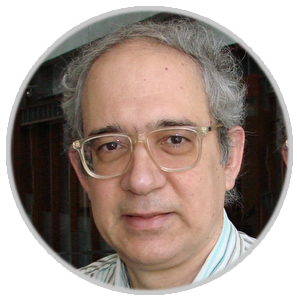 |
Thrasos Pappas Northwestern University Evanston, USA. |
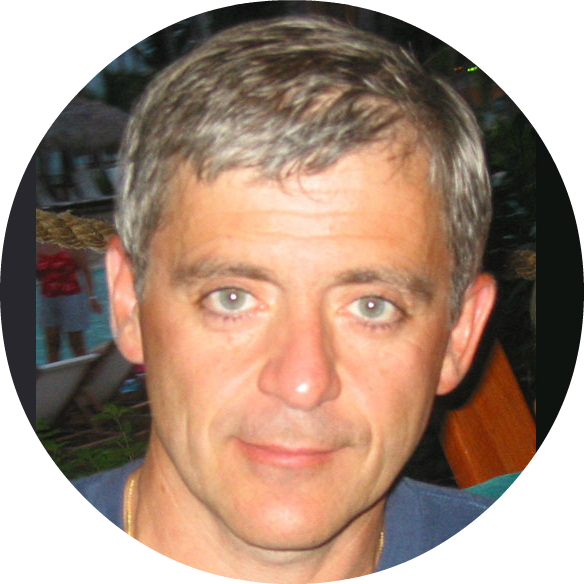 |
Jean Ponce École Normale Supérieure, France. |
 |
Christian Timmerer Alpen-Adria-Universität Klagenfurt, Austria. |
 |
Marcin Detyniecki Université Pierre et Marie Curie, Paris, France. |
 |
Guido Bologna University of Geneva, Switzerland. |











